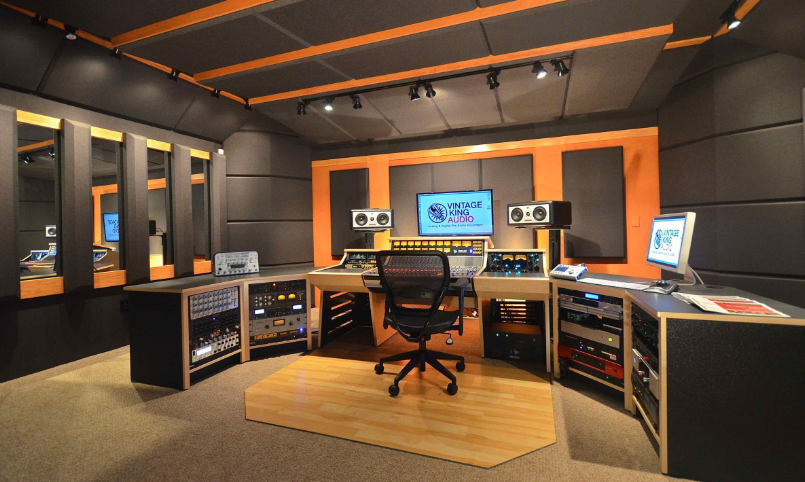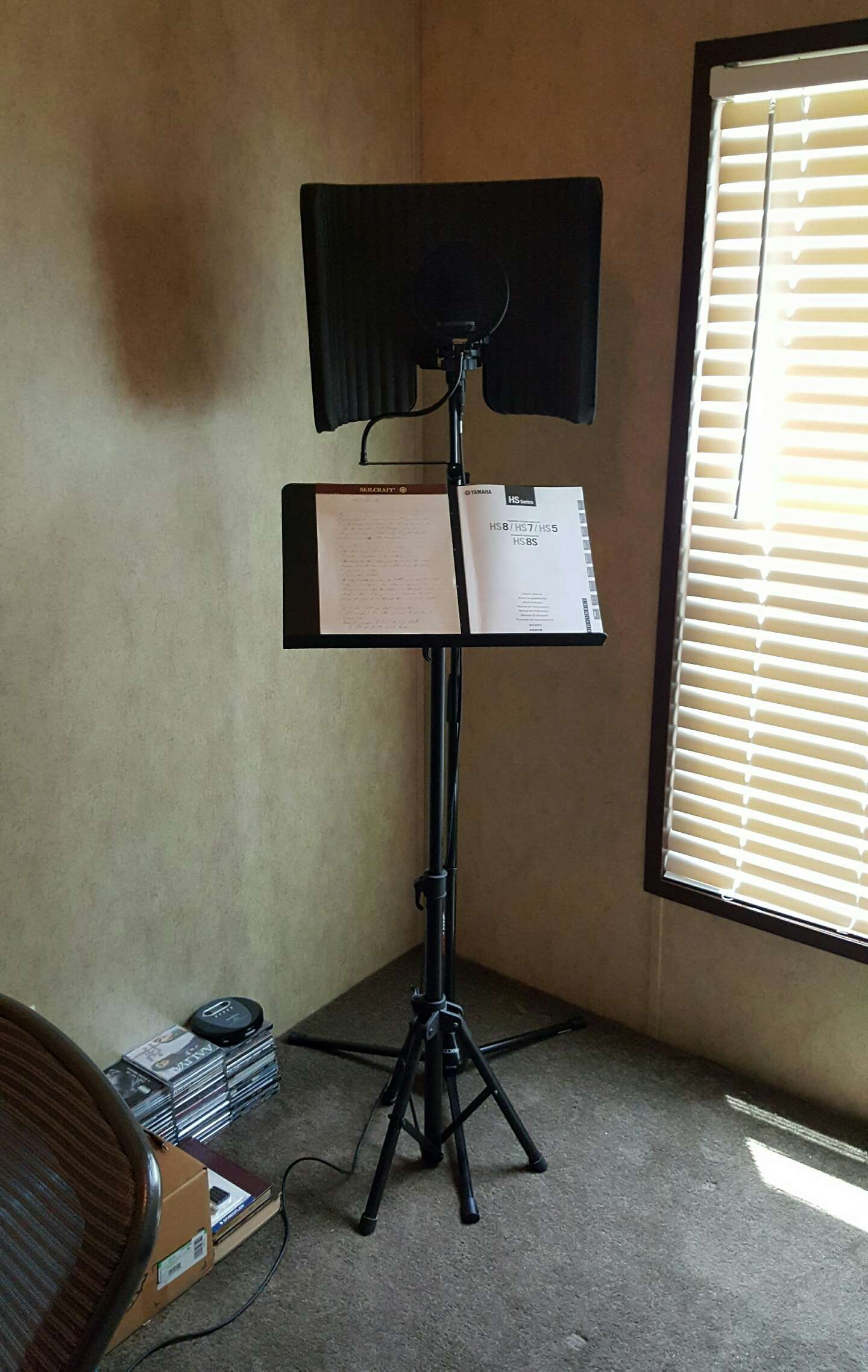Table of Content
Let’s check which one is the best studio monitor for our purpose. There are a couple of things to pay attention to when you’re searching for that perfect audio interface. The interface is going to be the device you plug your microphones and electric instruments into. As always, there’s no shortage of interface options out there. Most connect to your computer via USB or Thunderbolt for simplicity.

Most home recording studio producers tend to rely quite heavily on virtual instruments and MIDI. So, more RAM and faster SSD drives might be the way to go for you. Our list is based on the assumption that we are thinking about the most common type of home recording studio setup; that starts with a computer and a DAW. You’ll be learning the basics, and more importantly, you’ll be making music from day one; that’s what it’s all about. Upgrade the level of studio equipment you use when you are ready to get the best out of it. For people who are not using only virtual instruments, a microphone is a must-have tool, especially for singers(..duh).
Basic Home Recording Studio Equipment
A faster and more powerful machine is what every music producer wants, but it’s especially important if working on projects with a huge number of tracks. Audio tracks don’t put the same strain on the CPU as MIDI tracks with virtual instruments, plugins, and effects. If you are new to home recording and don’t know where to start with studio equipment, you’ve come to the right place.

They’re also rated for frequencies between 43 and 40,000 Hertz , so you can hear even the lowest bass notes and highest trebles with perfect clarity. So, if you want to produce professional-grade songs without leaving your house, this is the guide for you. It’s great for beginners and offers an amazing bundle of hardware and software at a reasonable price.
Uninterruptible Power Supply (UPS)
A studio of this caliber is fine for yourself and maybe one other person, but anything more and you’ll need some new gear. And since diffusers can get quite expensive, most home studios will elect to not use them. Which have a tendency to cause major acoustic problems in rooms with parallel walls, where sound reflections bounce back-and-forth in the same spot. Chances are slim-to-none that you will have any chance at recording decent sound. So you don’t have to spend a fortune on a custom mixing desk if you don’t want to. That will allow your recordings to at least sound semi-decent.

As a good rule of thumb, choose a relatively large room. Smaller rooms with walls that are close together produce early sound reflections. This can prove problematic when you’re trying to create that pristine monitoring environment.
Laptop or Desktop?
MIDI stands for Musical Instrument Digital Interface. Essentially, it’s a way for you to record musical data. Many different channel messages are recorded to make instruments sound as true to life as possible.

However, there are some that the pros use that fly under the radar, either because beginners don’t know about them or assume they are too expensive. Logic Pro – Massive value for money, professional, and one of the most popular DAWs amongst producers . The main thing that you need to know about your DAW is that it’s capable of handling any projects that you have. For example, Garage Band can handle up to 32 tracks, which is no good if you plan to work on 100+ track scores, etc. A laptop can be part of your live performance setup as well when you get to that stage.
Which studios often use on vocals or any other particularly important track in a mix. And you certainly can’t record acoustic drums, which can easily require 8 or more mics depending on the size of the kit. And they’re a big help, because to get the most accurate sound from your monitors, they need to be in very specific locations in relation to your ears. Plus, some models even provide added options for positioning your monitors, by allowing you to tilt them at various angles.

Why do you need an audio interface if you only plan to use virtual instruments? Well, the interface does more than just convert analog to digital. It’s an external sound card that will provide lower latency and far better audio quality through your headphones or speakers.
They can be used in the studio if you want to stay aware of your surroundings. But, you need to make sure that you’re not using them when recording. Make sure to leave plenty of room in your budget for a good set of studio monitors. Once you purchase them, take some time to get the placement just right.

Because more so than any piece of gear you might buy…the one thing that makes the biggest difference in the outcome of your recordings is your EARS. While not really a must-have for a beginner’s home studio, they’re pretty cheap, and they do help. A cheap reliable stand is more than adequate when you’re first starting out. A really solid mic stand is one of the most worthwhile investments a new home studio can make. As music can be an insanely expensive hobby, musicians are often accustomed to find the cheapestpossible solutions to their problems.
Early reflections will cancel out some frequencies and make the overall studio image very muddy. When I was first building my recording studio at home, I had a lot of trouble getting things just right. I didn’t really know what was the basics of a home recording studio kit.
On one hand, there’s no shortage of high-quality gear for you to choose from. Before you start shopping, set a budget and stick to it! You can get a pretty decent studio for only a few hundred dollars. Those fancy professional studios are designed by acoustical engineers that charge thousands of dollars. Our guide includes all of the top packages on the upper end of the price range. Most audio interfaces include USB audio connectors, but some are built specifically for Apple computers with Thunderbolt connectors.
You’ll probably start to notice a few things that bug the crap out of you. And many of the top models from a half-century ago are still among the industry standards of today. But today’s modern interfaces have evolved into incorporate many other features as well. The truth is…you really only need a few items to get started. If you’re new to this website, go through them in order, so you don’t miss anything.
If you’re trying to save some money, you can get a simple interface with only one or two inputs. As your needs change, you can always upgrade to an interface that can record multiple tracks at one time. Speakers are a crucial element of any bedroom recording studio, because they’re the perfect tool for mixing and mastering tracks you record. It’s how you’ll record vocals and instruments and it will give your records tonal color and warmth.

No comments:
Post a Comment